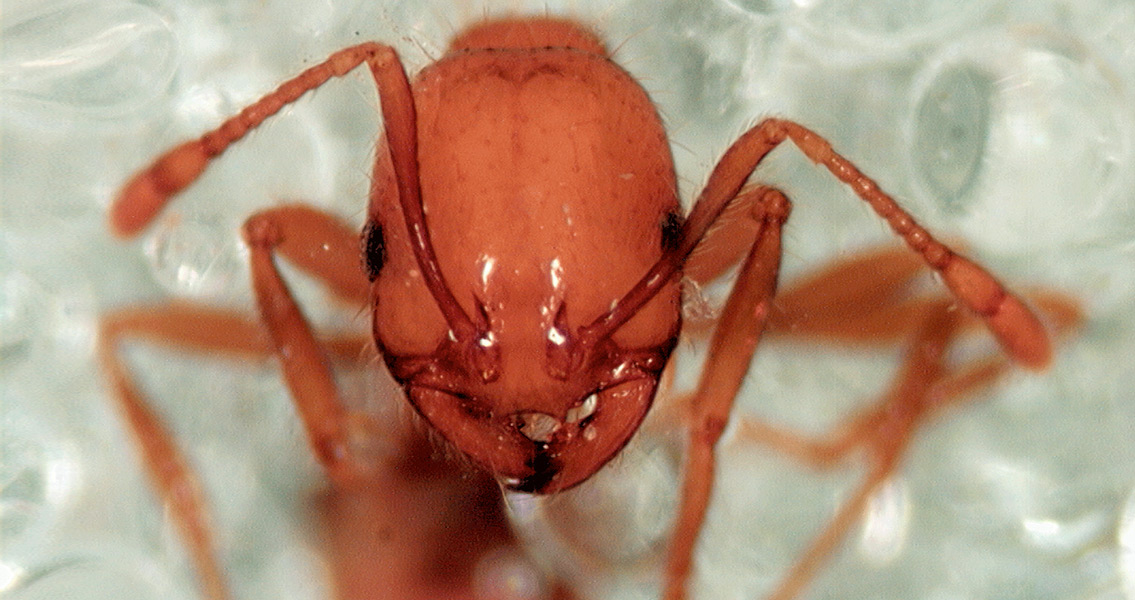<![CDATA[Biological invasions are often thought of as modern phenomena. With increased shipping and globalisation, species can move to new environments, often with devastating effect. New research, however, has shown that this may have been happening since the sixteenth century. The study, published in the journal Molecular Ecology, reveals that sixteenth-century Spanish galleons unwittingly transported tropical fire ants (Solenopsis geminata) from Acapulco, Mexico, across the Pacific Ocean, to the Philippines. From there, the ant was taken further, and nowadays the species is found in virtually all tropical regions on the planet; in Africa, the Americas, Australia, India, and Southeast Asia. There is a distinct pattern to the spread of the fire ant which is highly consistent with historical trading routes. The study suggests that it was the Spanish maritime trading empire that first introduced the ants to Asia in the sixteenth century. "A lot of these ships, particularly if they were going somewhere to pick up commerce, would fill their ballast with soil and then they would dump the soil out in a new port and replace it with cargo," said University of Illinois entomology professor Andrew Suarez, one of the authors of the study. "They were unknowingly moving huge numbers of organisms in the ballast soil." The researchers analysed the genetic code of tropical fire ants from 192 locales across the world, looking for patterns in genetic diversity. They also examined the trading patterns of Spanish merchant ships going to and from the New World colonies in the mid-1500s. "If you look at the records, you look at the history, you look at the old trading routes and you look at the genetics, it all paints this picture that this was one of the first global invasions, and it coincided with what could be the first global trade pattern of the Spanish," Suarez said. "The ants from the introduced areas in the Old World are genetically most similar to ants from south-western Mexico, suggesting that their source population came from this region." From their research, the team were able to date the ants' invasion of the Old World to the sixteenth century. By this time, the Spanish had established a regular trade route between Acapulco and Manila in the Philippines. Manila was an important trading hub as it served as a gateway for trade with China. In creating this trade route, the Spanish had set up the first cross-Pacific trade network, effectively globalising commerce. It had been hypothesised that the original ant population would have had the greatest genetic diversity where it was native. Ants taken from that population to a new environment would be a subset of the original variation, and thus much less diverse. This predicted lack of diversity was precisely what the team found. "There was this very clear pattern where there was the most genetic diversity in the New World, where it's native, and then you see these stepping stones of nested subsets of diversity as you move away from the [origin]," Suarez said. The pattern of genetic changes over time "always overlaps the timing of when the Spanish trade was going on," he said. It is very difficult to trace the spread of invading species in the period before modern customs and tracking codes. The team's findings represent one of the few documented cases of a global biological invasion of a pest species, during the earliest stages of global commerce. For more information: www.onlinelibrary.wiley.com Image courtesy of Wikimedia commons user: File Upload Bot (99of9)]]>
Sixteenth-Century Biological Invasion Caused by Traders
